Mohamad Arafeh
CRSFL: Cluster-based Resource-aware Split Federated Learning for Continuous Authentication
May 12, 2024
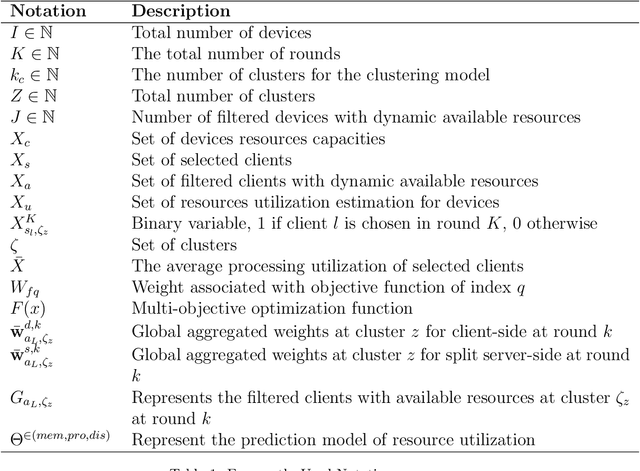
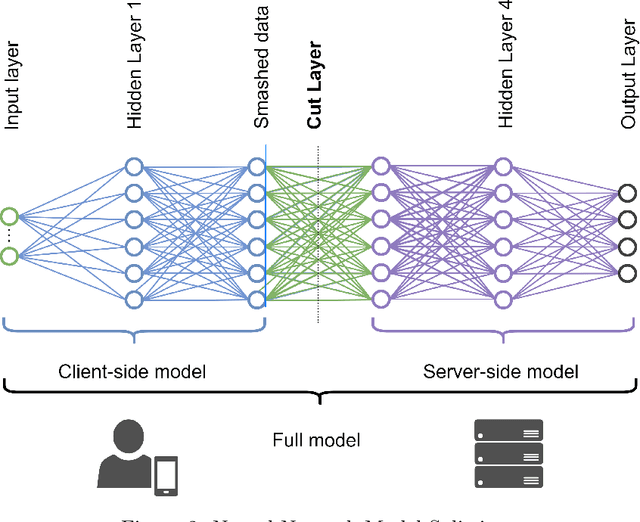

Abstract:In the ever-changing world of technology, continuous authentication and comprehensive access management are essential during user interactions with a device. Split Learning (SL) and Federated Learning (FL) have recently emerged as promising technologies for training a decentralized Machine Learning (ML) model. With the increasing use of smartphones and Internet of Things (IoT) devices, these distributed technologies enable users with limited resources to complete neural network model training with server assistance and collaboratively combine knowledge between different nodes. In this study, we propose combining these technologies to address the continuous authentication challenge while protecting user privacy and limiting device resource usage. However, the model's training is slowed due to SL sequential training and resource differences between IoT devices with different specifications. Therefore, we use a cluster-based approach to group devices with similar capabilities to mitigate the impact of slow devices while filtering out the devices incapable of training the model. In addition, we address the efficiency and robustness of training ML models by using SL and FL techniques to train the clients simultaneously while analyzing the overhead burden of the process. Following clustering, we select the best set of clients to participate in training through a Genetic Algorithm (GA) optimized on a carefully designed list of objectives. The performance of our proposed framework is compared to baseline methods, and the advantages are demonstrated using a real-life UMDAA-02-FD face detection dataset. The results show that CRSFL, our proposed approach, maintains high accuracy and reduces the overhead burden in continuous authentication scenarios while preserving user privacy.
Critical Impact of Social Networks Infodemic on Defeating Coronavirus COVID-19 Pandemic: Twitter-Based Study and Research Directions
May 18, 2020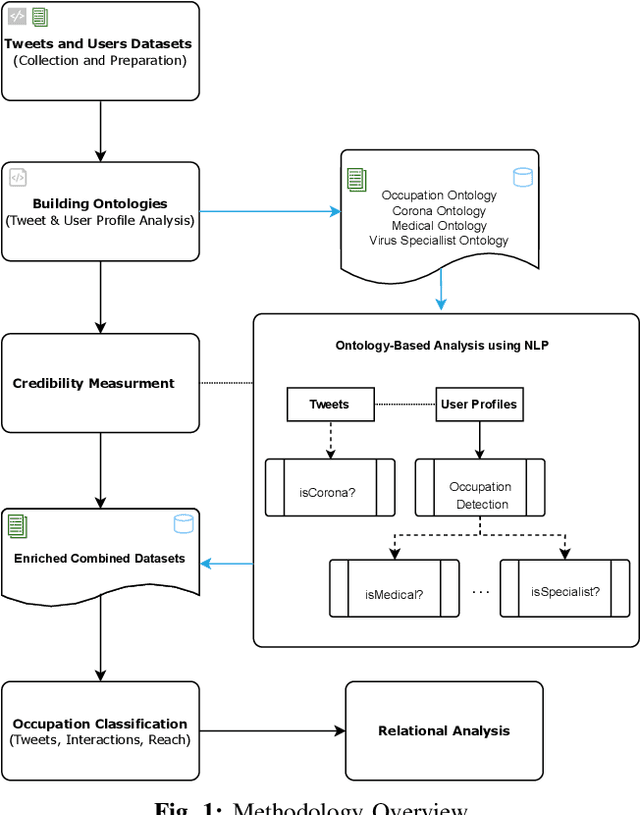
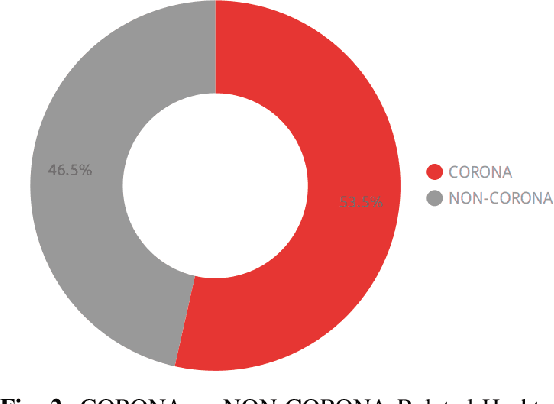

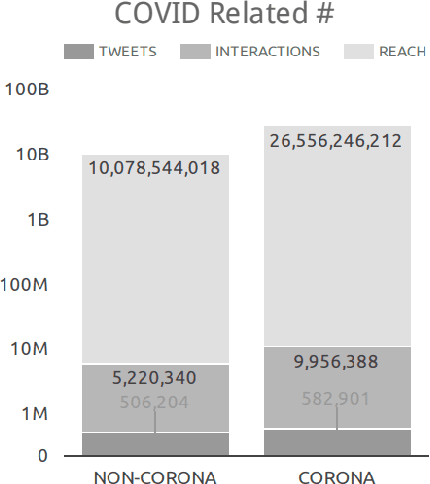
Abstract:News creation and consumption has been changing since the advent of social media. An estimated 2.95 billion people in 2019 used social media worldwide. The widespread of the Coronavirus COVID-19 resulted with a tsunami of social media. Most platforms were used to transmit relevant news, guidelines and precautions to people. According to WHO, uncontrolled conspiracy theories and propaganda are spreading faster than the COVID-19 pandemic itself, creating an infodemic and thus causing psychological panic, misleading medical advises, and economic disruption. Accordingly, discussions have been initiated with the objective of moderating all COVID-19 communications, except those initiated from trusted sources such as the WHO and authorized governmental entities. This paper presents a large-scale study based on data mined from Twitter. Extensive analysis has been performed on approximately one million COVID-19 related tweets collected over a period of two months. Furthermore, the profiles of 288,000 users were analyzed including unique users profiles, meta-data and tweets context. The study noted various interesting conclusions including the critical impact of the (1) exploitation of the COVID-19 crisis to redirect readers to irrelevant topics and (2) widespread of unauthentic medical precautions and information. Further data analysis revealed the importance of using social networks in a global pandemic crisis by relying on credible users with variety of occupations, content developers and influencers in specific fields. In this context, several insights and findings have been provided while elaborating computing and non-computing implications and research directions for potential solutions and social networks management strategies during crisis periods.
 Add to Chrome
Add to Chrome Add to Firefox
Add to Firefox Add to Edge
Add to Edge